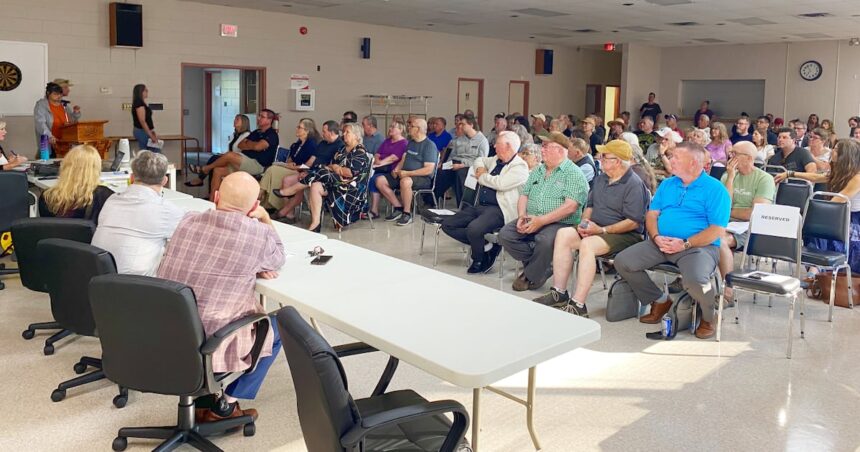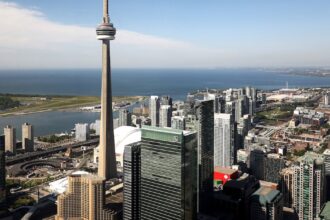Tensions are mounting along the shores of Lake Huron as hundreds of Northern Ontario residents mobilize against a controversial proposal to dispose of radioactive waste near one of the region’s vital drinking water sources. The growing grassroots movement has transformed from isolated voices of concern into a coordinated campaign demanding environmental accountability and transparency.
“We’re fighting for the future of our children and grandchildren,” said Eleanor Mackenzie, a lifelong resident of Blind River and organizer with the Citizens’ Coalition for Clean Water. “Once you contaminate the Great Lakes watershed, there’s no going back. This isn’t just about us—it’s about protecting 40 million people who depend on these waters.”
The dispute centers around plans from Canadian Nuclear Laboratories to construct a near-surface disposal facility for low and intermediate-level radioactive materials less than one kilometer from tributaries that feed into Lake Huron. According to environmental assessment documents obtained by CO24 News, the facility would store approximately 1 million cubic meters of nuclear waste with radiological elements having half-lives extending thousands of years.
Municipal leaders from across the region have joined the opposition, citing concerns about long-term containment integrity and the potential for groundwater contamination. The Saugeen Ojibway Nation, whose traditional territories include the proposed site, has also expressed profound concerns about the project’s implications for water quality and ecological health.
“The scientific evidence regarding long-term storage of nuclear waste remains incomplete,” explained Dr. Raymond Horvath, hydrologist and consultant for the Canadian Environmental Assessment Agency. “While industry representatives maintain that engineered barriers will provide adequate protection, independent researchers have documented instances of similar facilities experiencing unexpected containment failures within decades of construction.”
The controversy has drawn national attention, with environmental advocacy groups calling for federal intervention. A petition with over 25,000 signatures was delivered to Ottawa last week, demanding a moratorium on any new nuclear waste storage facilities within the Great Lakes Basin until more rigorous scientific review can be completed.
Industry representatives maintain that the project adheres to international safety standards and incorporates multiple engineered and natural barriers to prevent contamination. “These facilities represent the culmination of decades of scientific research and engineering expertise,” said Marcus Williams, spokesperson for Canadian Nuclear Laboratories. “The risk assessment process has been exhaustive and transparent.”
However, residents remain unconvinced, pointing to historical instances where industrial assurances failed to prevent environmental catastrophes. The region still bears the environmental scars of past resource extraction and industrial activity, contributing to deep-seated skepticism among local communities.
As the regulatory approval process continues, the conflict highlights the complex balancing act between Canada’s energy policies and environmental protection commitments. Nuclear power advocates maintain that safe waste management is essential for meeting climate goals, while opponents question whether potentially permanent environmental risks are justified.
With public hearings scheduled for next month, the controversy raises a profound question for all Canadians: At what point does the pursuit of energy independence justify gambling with the health of our most precious natural resources for generations yet unborn?

























